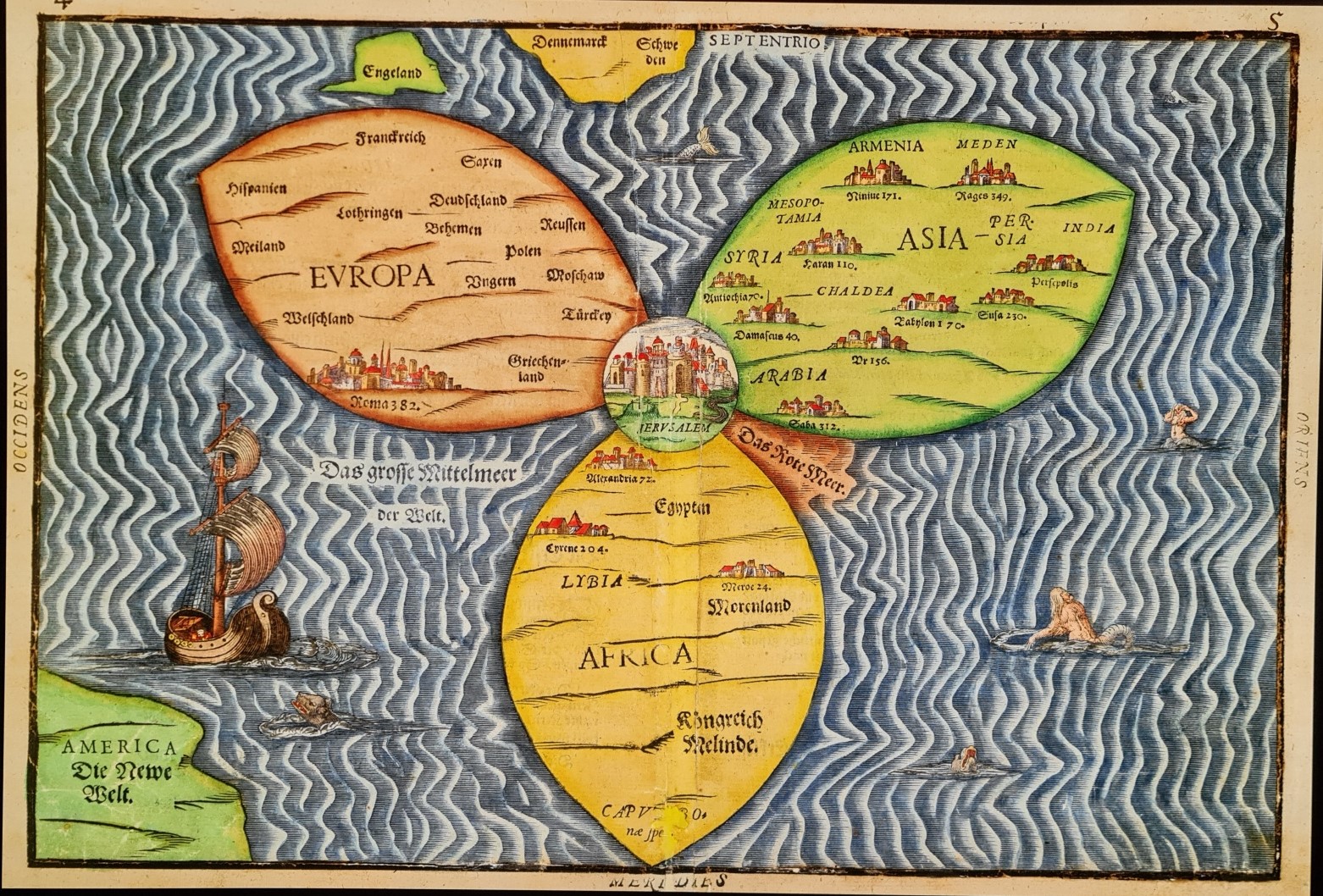
Jerusalem Day “Jerusalem – the Eternal City”
Jerusalem Day is celebrated on the 28th of Iyar, according to the Hebrew calendar, or in proximity to that date. On June 7, 1967 (the 28th of Iyar, 5727), in the course of the battles for Jerusalem in the Six-Day War, east Jerusalem was liberated from Jordanian rule and came under Israeli sovereignty.
One or two days before the holiday, a festive parade is held in Jerusalem, entitled “Rural Communities Salute Jerusalem.” Thousands of people march in the parade, mostly members of kibbutzim and moshavim and rural education institutions.
On the eve of Jerusalem Day, a large gathering of thanksgiving is held every year at Mercaz Harav Yeshiva in Jerusalem, with the participation of rabbis from the national-religious population and public figures.
On Jerusalem Day, festive ceremonies are held within Jerusalem and outside the city, as well as state memorial services for the soldiers who fell in Jerusalem during the Six-Day War. A state service is conducted at Ammunition Hill, which was the site of one of the fiercest battles for the city. On this day, the Jerusalem Municipality holds the ceremony for presenting the Worthy Citizen of Jerusalem (“Yakir Yerushalayim”) awards.
The main event of the day is the March of Flags, or “Dance of Flags,” which is held in the afternoon hours. For this event, thousands of people come to Jerusalem, mostly young people from the religious Zionist movement. The celebrants conduct a large procession accompanied by songs, dancing and flag waving, which starts from the city center, enters the Old City and ends at the Western Wall in a mass prayer of thanksgiving.
70
names for Jerusalem according to the Midrash
4
quarters in the Old City
8
permanent gates along the Old City walls
19
- Number of years the city was divided between Israel and Jordan
Legislation on the status of Jerusalem
Following the IDF’s victory in the Six Day War, on June 27, 1967, the Knesset enacted three laws that established the effective unification of Jerusalem and made Israeli law applicable throughout the entire area of the unified city. The municipal boundaries of the city were altered and its area was increased nearly threefold: from 38,100 dunams to 110,000 dunams. Residents of east Jerusalem were granted permanent resident status, and they were permitted to vote in municipal elections, but not in the Knesset elections. One of the three laws passed deals with the preservation of the holy sites in Jerusalem.
On May 12, 1968 the government resolved to commemorate the 28th of Iyar – the Hebrew date of the city’s liberation – as Jerusalem Day. In 1998 this resolution was anchored in a law establishing this date, which symbolizes the continued historical connection of the Jewish people to Jerusalem, as a national holiday.
Basic Law: Jerusalem, Capital of Israel was enacted in 1980, 13 years after the city's unification. The law states that Jerusalem is the capital of Israel, and the seat of the government institutions. The law mandates the protection of the holy places in the city and freedom of access to these places for members of all religions, and establishes the government of Israel’s commitment to provide for the development and prosperity of the city.
https://main.knesset.gov.il/en/about/pages/jerusalem.aspx
Photo Silvia G Golan








